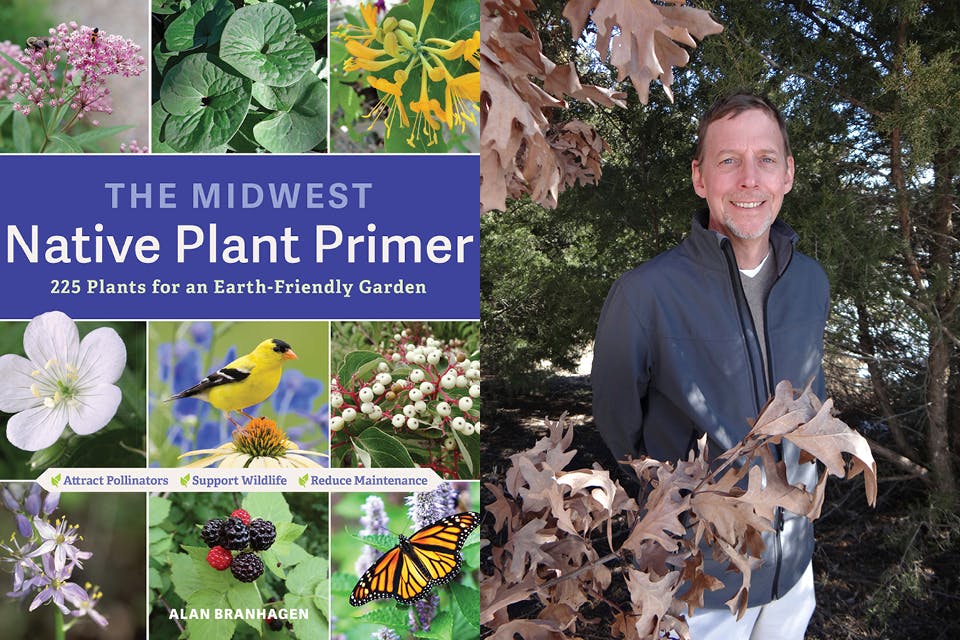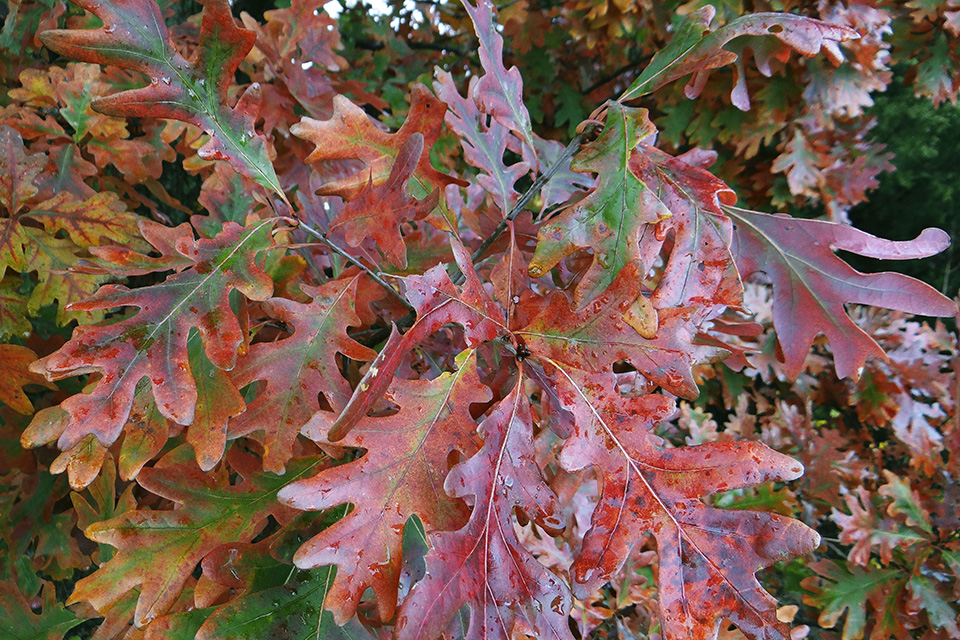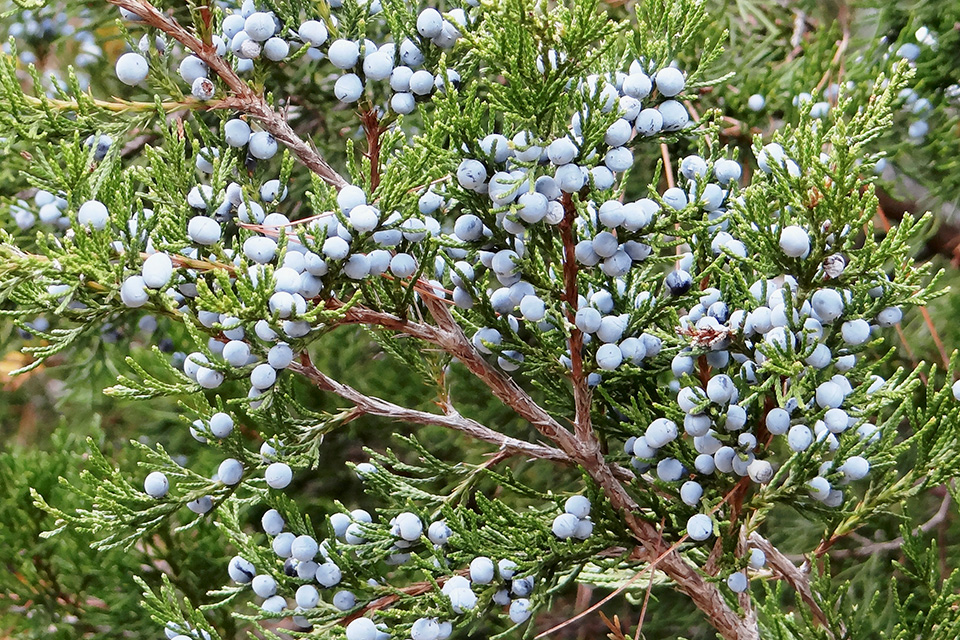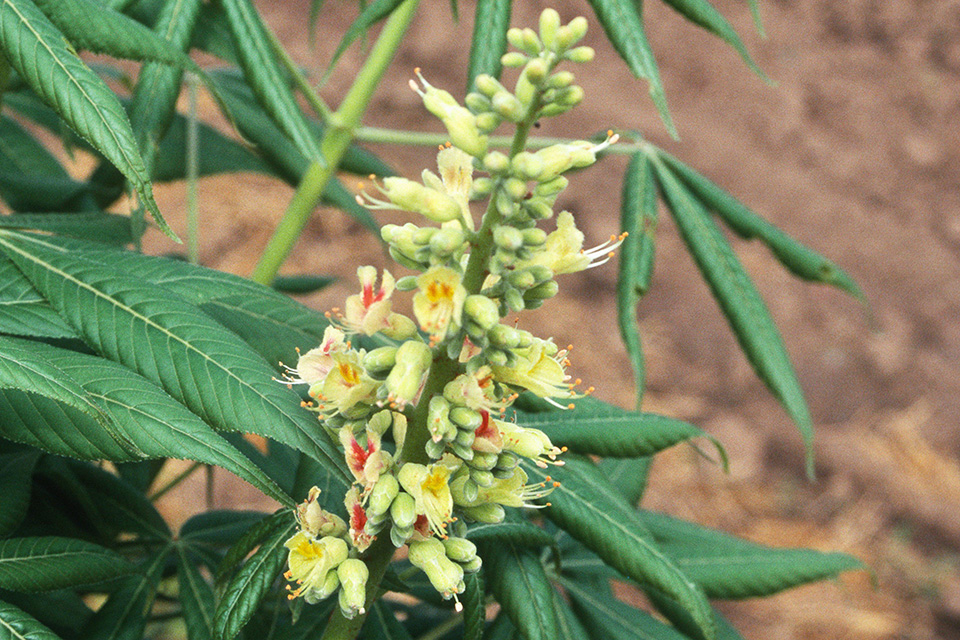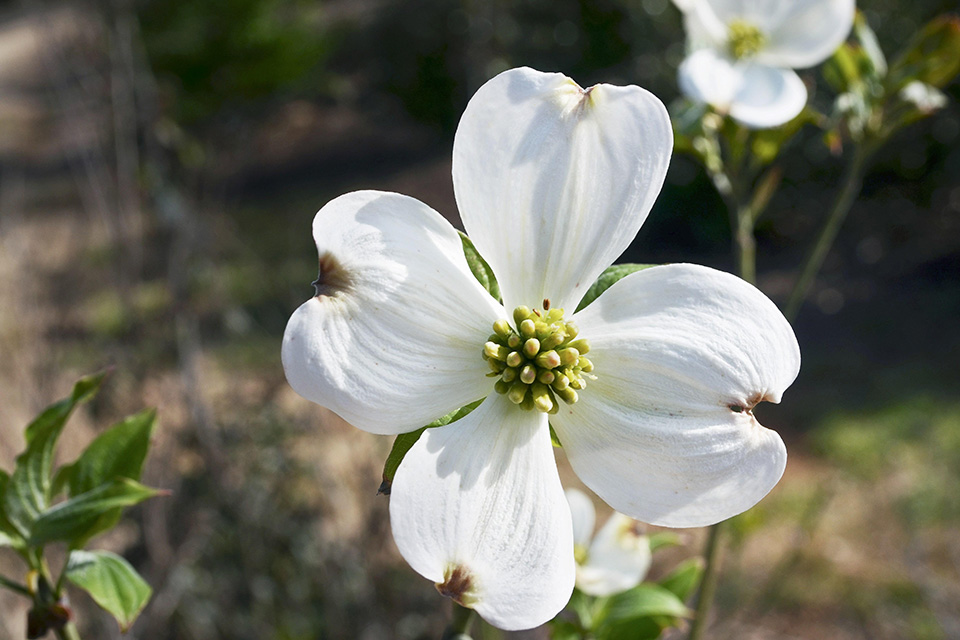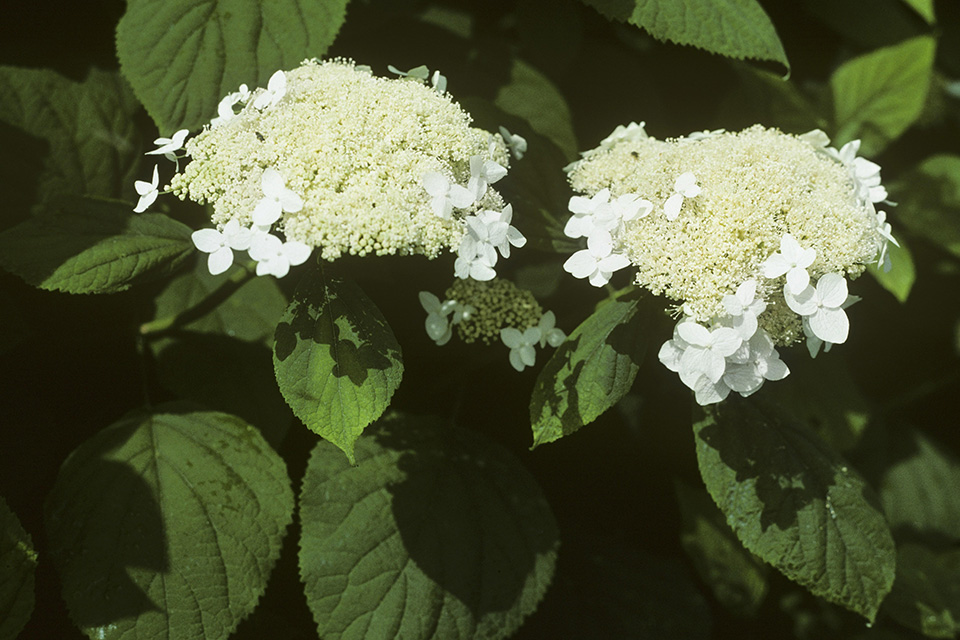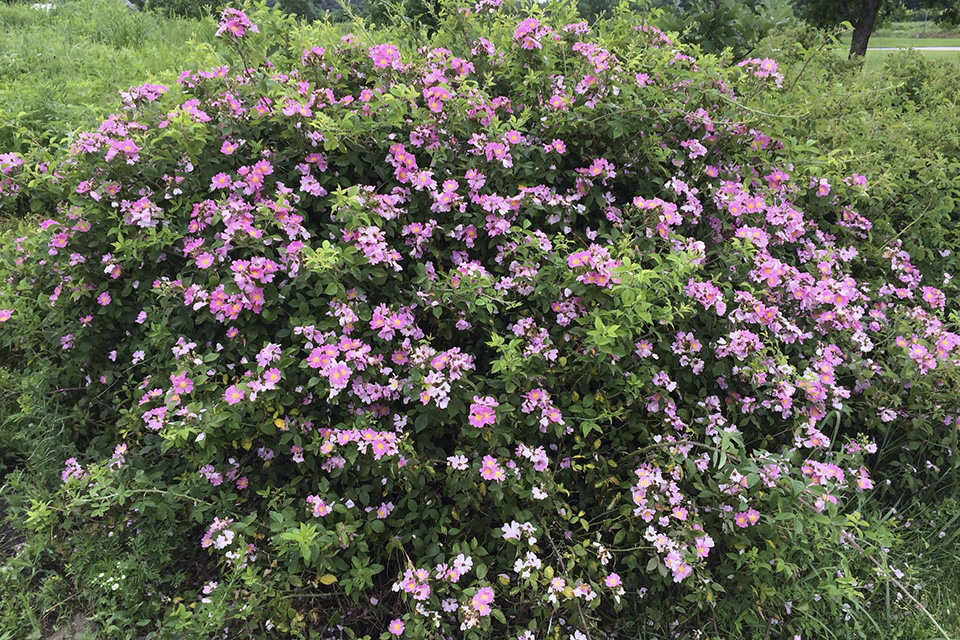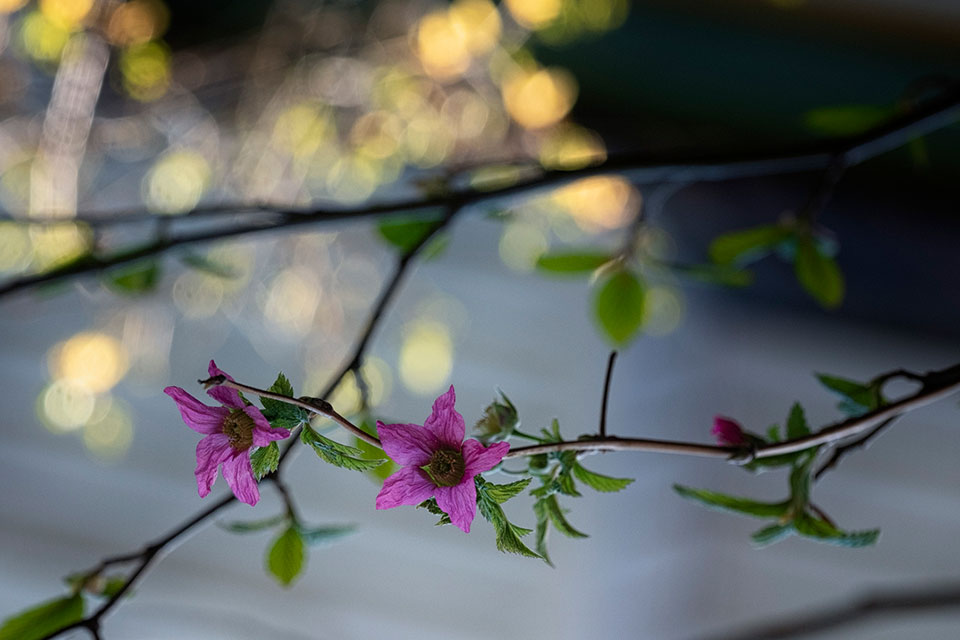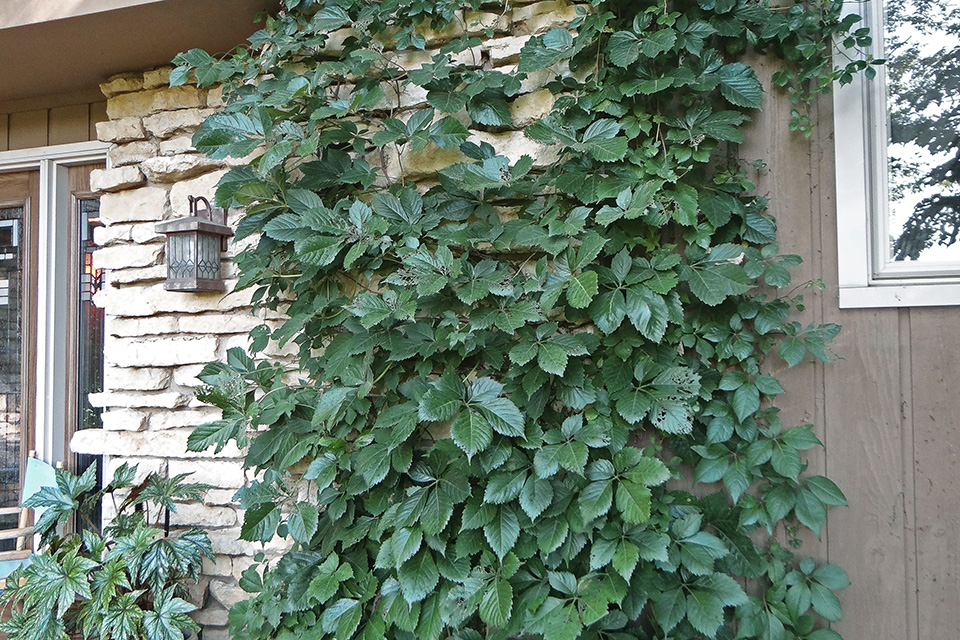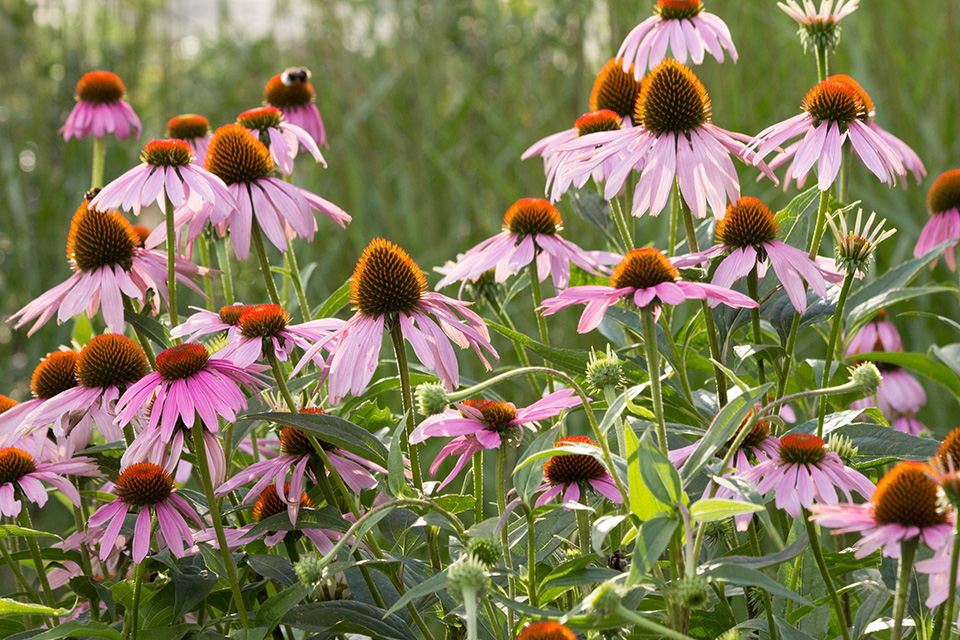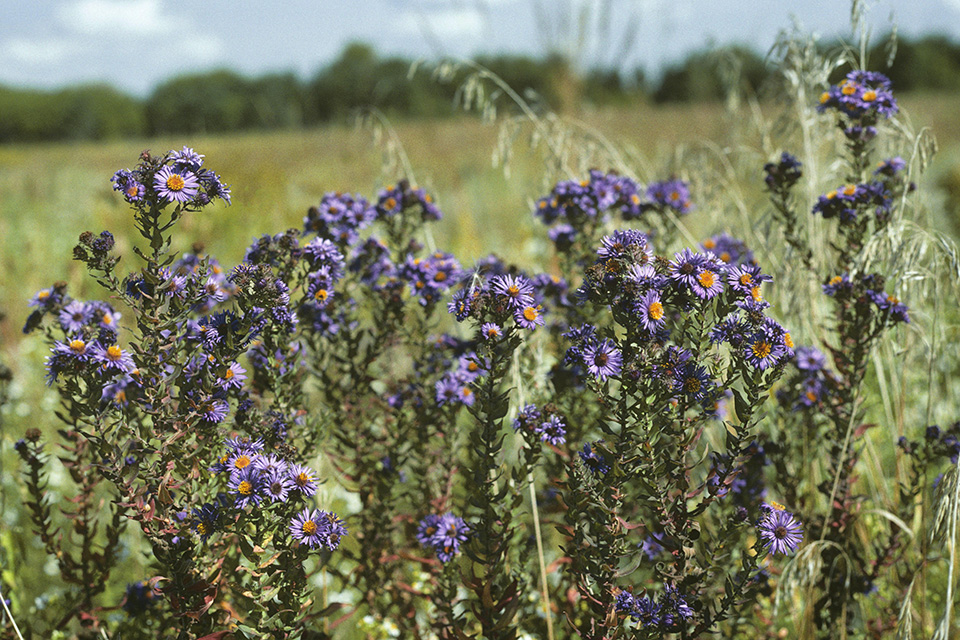Home + Garden
10 Native Plants That Thrive in Ohio
Turn your backyard into an eco-friendly oasis by following these recommendations from landscape architect and author Alan Branhagen.
Related Articles
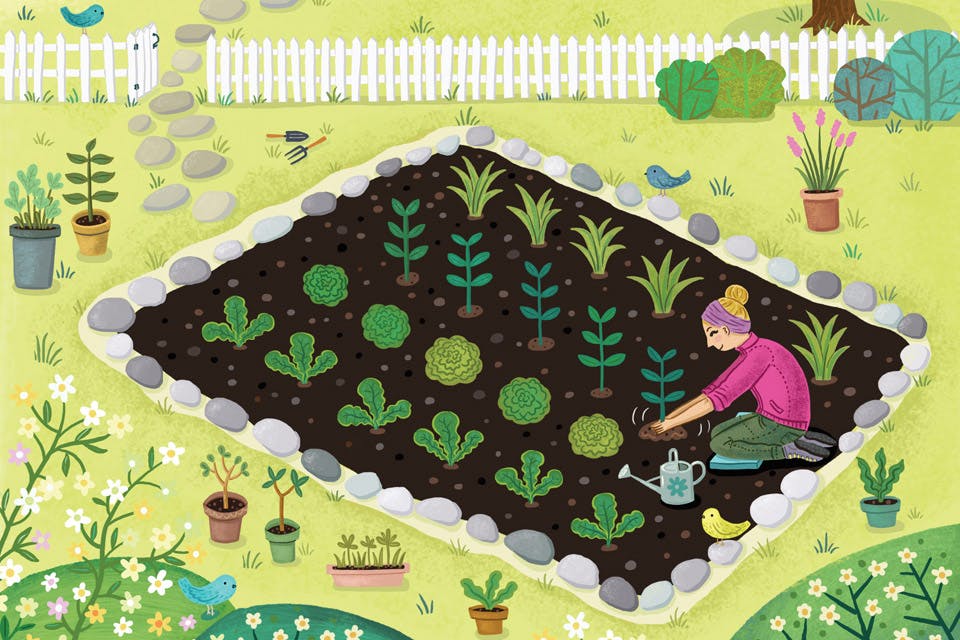
Backyard Garden Guide
Want fresh vegetables but daunted by the idea of all that planting, weeding and watering? Here’s when to start, what to grow and how to succeed in producing a bounty of food. READ MORE >>
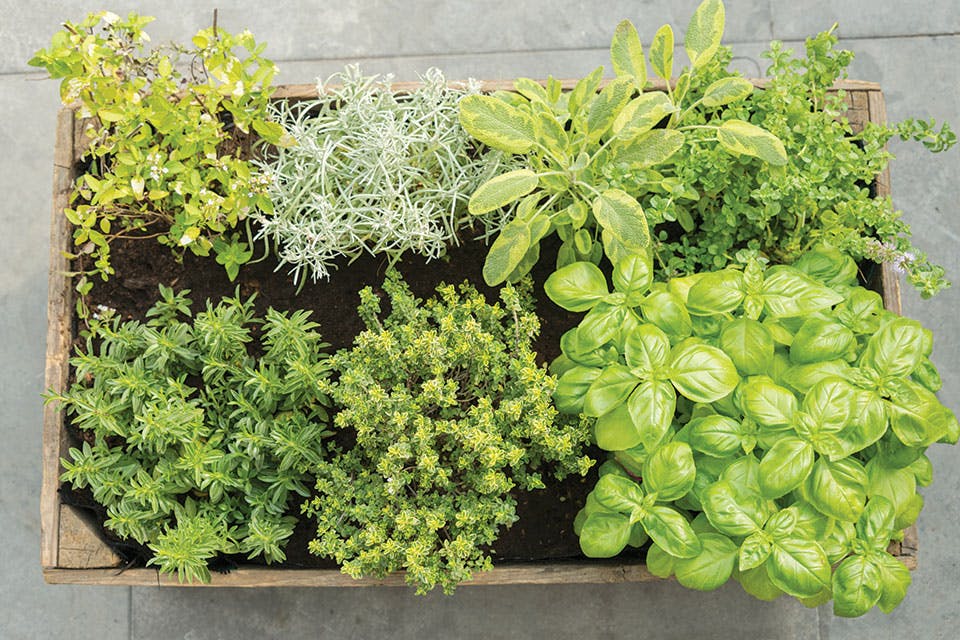
Grow an Ohio Herb Garden
We asked two experts to share a few favorite herb varieties, whether you’re growing outdoors or inside. READ MORE >>
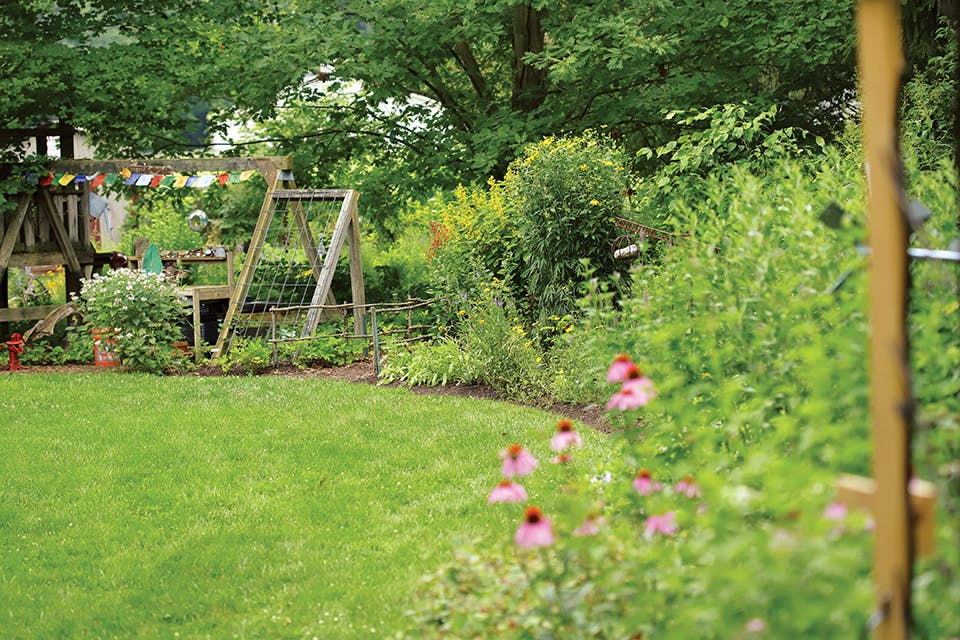
How to Plant a Native Ohio Garden
Terri and Randy Litchfield created a living landscape of native plants outside their Delaware home. Here’s how you can, too. READ MORE >>


